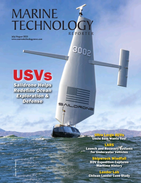Plug and Play Smart Buoy System
Iridium partner Rock Seven and aids to navigation supplier Hydrosphere have developed an innovative new system that tracks and monitors inshore & offshore buoys using the RockFLEET vessel tracking and satellite data system.
The new system enables a buoy location and battery voltage to be monitored from shore, providing up-to-date status at user-defined intervals to ensure optimal operation. This data can reduce the amount of time and money spent on buoy maintenance. The system can also be configured to trigger automatic alerts should a buoy move too far off-station or if the on board light fails.
Using RockFLEET, buoys already fitted with the VEGA-light unit can be upgraded to ‘smart buoys’, with location tracking and alerts, and machine-to-machine data capabilities. The RockFLEET simply attaches to the (optional) expansion port on any VEGA-light unit. It requires no extra cables to be run, and no additional power source. It takes just two-minutes to install, either to a new or existing buoy.
RockFLEET takes its power from the buoy’s internal battery and external solar cells, for example using the VEGA VLB-67. It also has a built-in battery backup unit which will allow it to operate for up to two weeks autonomously even if the buoy power completely fails (depending on transmission rate and settings).
“The system is designed to quickly integrate new time and cost saving capabilities to data and navigation buoys,” comments Andy Reid, Director, Hydrosphere. “Considering the low initial investment and operational costs, buoy owners may experience savings quickly after integrating the RockFLEET solution, simply by being able to reduce the number of maintenance visits a buoy needs.”
The RockFLEET based smart-buoy solution uses the Iridium satellite network, specifically the low-cost Short Burst Data service, to provide truly global coverage, pole to pole. Wherever a buoy is located, it will be able to send data back to be reviewed using ‘The Core’ web-based mapping and management system, or on a user’s own internal systems via the open API developed by Rock Seven and Hydrosphere.

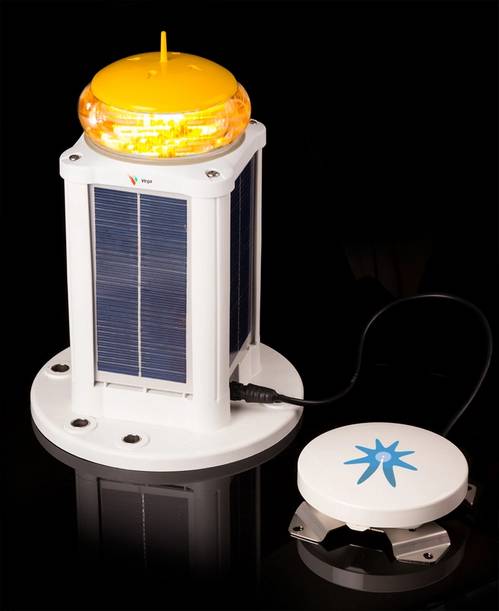
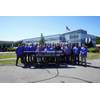
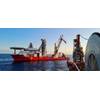
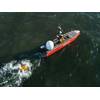
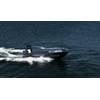







 August 2025
August 2025


